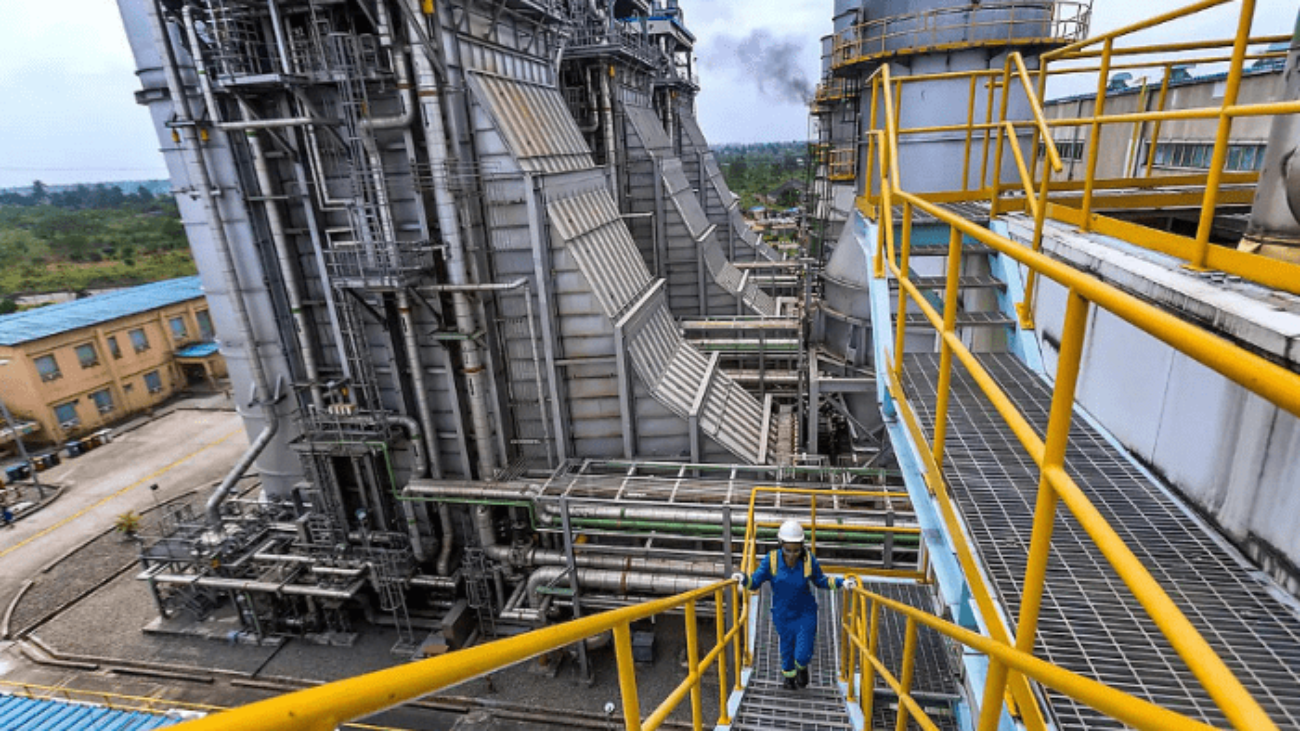The feat would have been remarkable on any given day. But amidst the threat of a raging virus that has shuttered national economies, it was even more remarkable.
READ ALSO: World Bank: Nigeria’s road to economic recovery
How a new company, ANOH Gas Processing Company (AGPC), secured financing during a pandemic – by sufficiently derisking the project through a solid governance structure and smart strategy – provides lessons for how to acquire debt.
In November 2020, Seplat, Nigeria’s leading indigenous oil company, announced that it secured financing for the construction of the $700m ANOH gas plant facility sited at Asaa, Ohaji/Egbema in Imo State.
READ ALSO: Nigeria’s local gas opens investment opportunities
ANOH Gas Processing Company (AGPC) is an incorporated joint venture owned 50:50 by Seplat Petroleum Development Company and the Nigerian Gas Company, a wholly-owned subsidiary of Nigerian National Petroleum Corporation (NNPC).
This facility was obtained primarily from Nigerian commercial banks who ruing their decision to lend to the oil sector.
“This means that there’s a lot of hope for financing gas and gas-related activities,” said Mele Kyari, NNPC GMD.
We distill lessons from this transaction for investors who are embarking on similar projects.
Clarify your strategy
From the very beginning the company articulated a clear funding strategy. This usually entails developing a practical, working plan that specifies how you are going to raise money and the resources that it would deploy.
But it should not be just in your head. Seplat began communicating this plan over four years hinting the market that it would raise money through debt and equity.
“By the time they went to the lenders, they were well aware that this was coming and were prepared to meet with them This made the process smooth,” said Yetunde Taiwo, GM for new energy at Seplat during a presentation at the Nigerian Gas Association (NGA) virtual multilogues last week.
Have a great governance structure
One reason for the Nigeria LNG’s success is that it is an incorporated joint venture, unlike the traditional unincorporated joint ventures in the upstream oil and gas sector.
The incorporated joint venture is both the company and the business, unlike the traditional joint ventures where the companies are different from the joint venture.
This model gives the company a license to fund itself. It goes out to the financial and capital markets to raise funds for its operations, unlike the traditional joint ventures where equity contributions fund the business.
It is this model that was replicated by the APGC. It is the first domestic gas IJV with a simple equal shareholding structure, which gave the lenders some comfort and made the due diligence go smoothly, Taiwo said.
Investors are wary when they have to deal with governments in developing countries like Nigeria because of regulatory uncertainty. A study conducted by KPMG some years ago found that regulatory and political risks were the most pressing concern for investors.
“Any relationship that you have with the government that is perceived to be cordial, it gives the lenders a level of comfort that the partnership is solid and there isn’t the fear of interference coming from the side of government,” Taiwo said.
The Nigerian government is notorious for disrespecting contract terms but the odds are definitely stacked against you if certain elements in government express disapproval, and loudly against a deal where the government is a partner. Having the Federal Government support, on the other hand, is euphoric.
It is possible you may not incorporate a joint venture with the NNPC, but having a good corporate governance system assures investors of the sustainability of the business.
READ MORE: BUSINESS DAY


